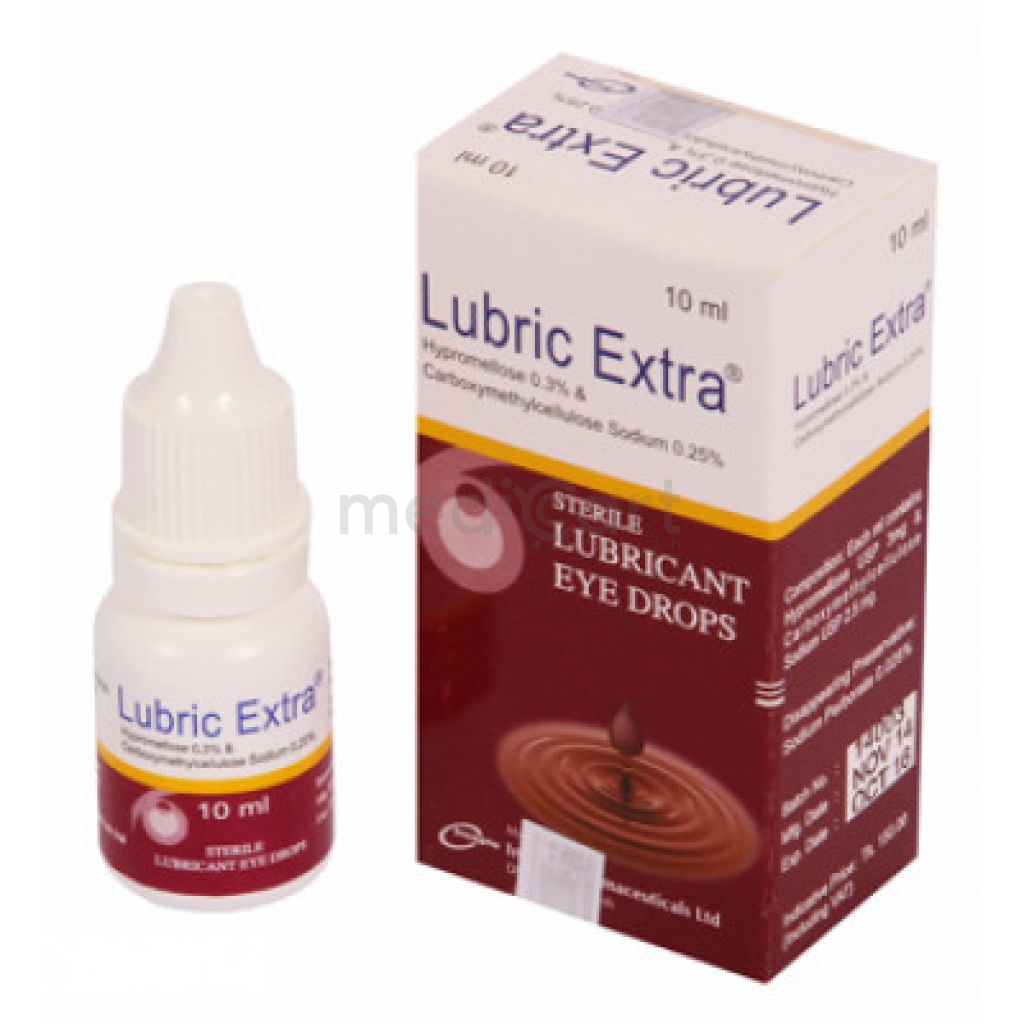

Adlina 5mg
Tablet
Pack Size :
8 Tablet x 1 strip
Manufacturer :
Unimed & Unihealth Manufacturers Ltd.
Best Price *
TK
176.00
* Delivery will be done in Dhaka city only.
More Information About - Adlina 5mg
Description
Generic Name
AtomoxetinePrecaution
Monitor height and wt gain especially during the initial period of treatment; dose reduction or treatment interruption may be needed in children whose growth or wt gain is not satisfactory. Patients with high BP or cardiovascular conditions that may be worsened by increases in BP or heart rate. Caution when used in patients with a history of psychotic illness or bipolar disorder. May increase the risk of urinary obstruction or hesitancy. Monitor for signs of clinical worsening, suicidality or unusual behavioural changes especially during the start of treatment and during dose changes. Safety and efficacy have not been established in patients <6 yr. Not recommended for use in pregnancy. Lactation: Unknown whether drug is excreted in milk; use with cautionIndication
Attention deficit hyperactivity disorder (ADHD)Contra Indication
Angle-closure glaucoma. Not to be used with or within 14 days of discontinuing treatment with MAOIs.Dose
N/ASide Effect
>10% Xerostomia (dry mouth) (21%),Headache (2-19%),Abdominal pain (7-18%),Decreased appetite (11-16%),Insomnia (2-15%),Cough (11%),Somnolence (11%),Vomiting (3-11%) 1-10% Nausea (10%),Increases in blood pressure (BP; ?15-20 mm Hg) and heart rate (HR; ?20 beats/min) (5-10%),Erectile dysfunction (9%),Hot flashes (8%),Dizziness (5-8%),Urinary hesitation or retention (7%),Decreased weight (4-7%),Depression (4-7%),Irritability (<6%),Dyspepsia (4%),Ejaculation disorder (3%),Sinus headache (3%),Constipation (2%),Dermatitis (2%),Menstrual disorder (2%),Mood swings (1-2%)Pregnancy Category
Name : C
Description
Animal reproduction studies have shown an adverse effect on the fetus and there are no adequate and well-controlled studies in humans, but potential benefits may warrant use of the drug in pregnant women despite potential risksMode of Action
Atomoxetine hydrochloride selectively inhibits noradrenaline reuptake w/ minimal affinity for other noradrenergic receptors or for other neurotransmitter receptors or transporters. It is used in the treatment of attention deficit hyperactivity disorder.Interaction
May cause additive effect when used w/ drugs that increase BP. May potentiate the effect of salbutamol on the CVS. May increase risk of cardiac events when used w/ drugs that affect cardiac conduction or electrolyte balance, or that inhibit CYP2D6 (e.g. fluoxetine, paroxetine, quinidine). Increased risk of QT prolongation w/ QT prolonging drugs (e.g. class Ia and III antiarrhythmics, moxifloxacin, erythromycin, TCAs, lithium, cisapride). Increased risk of seizures w/ drugs that are known to lower seizure threshold (e.g. phenothiazines, neuroleptics, mefloquine, bupropion, tramadol). Potentially Fatal: Increased neurotoxic effect w/ MAOIs.Pregnancy Category Note
Pregnancy category: C Lactation: Unknown whether drug is excreted in milk; use with cautionAdult Dose
Oral Attention deficit hyperactivity disorder Adult: Initially, 40 mg/day may increase gradually after at least 7 days to 80 mg/day, up to 100 mg/day may be used after 2-4 wk. Hepatic impairment: Moderate: Reduce dose by 50%. Severe: Reduce dose by 75%.Child Dose
Oral Attention deficit hyperactivity disorder Child: >6 yr <70 kg: Initially, 0.5 mg/kg/day, may increase gradually to approx 1.2 mg/kg/day. Max: 1.4 mg/kg or 100 mg, whichever is lower; >70 kg: Initially, 40 mg/day, may increase gradually after at least 7 days to 80 mg/day, up to100 mg/day may be used after 2-4 wk.Renal Dose
Renal impairment: Dosage adjustment not necessaryAdministration
May be taken with or without food. Swallow whole, do not open cap. Administer once daily in morning, with or without foodDisclaimer
The information provided herein are for informational purposes only and not intended to be a substitute for professional medical advice, diagnosis, or treatment. Please note that this information should not be treated as a replacement for physical medical consultation or advice. Great effort has been placed to provide accurate and comprehensive data. However, Medicart along with its authors and editors make no representations or warranties and specifically disclaim all liability for any medical information provided on the site. The absence of any information and/or warning to any drug shall not be considered and assumed as an implied assurance of the Company.






